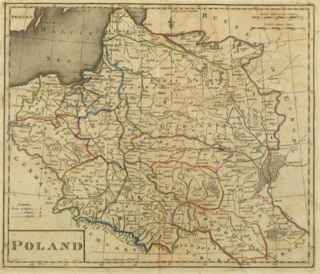It has been suggested that this article be merged into Slavic calendar . (Discuss) Proposed since October 2017. |
The topic of this article may not meet Wikipedia's general notability guideline .(May 2014) (Learn how and when to remove this template message) |
The names of Czech months are, as in Polish, Croatian, Ukrainian and Belarusian not based on the Latin names used in most European languages. The suffix -en is added to most of the months' names.
In linguistics, a suffix is an affix which is placed after the stem of a word. Common examples are case ending, which indicate the grammatical cased of nouns or adjectives, and verb endings, which form the conjugation of verbs.
Contents
- January -- leden (from led, ice)
- February -- únor (probably from the word root -nor-, infinitive form nořit (se), to plunge, to welter, as the ice welters under the lake surface)
- March -- březen (either from bříza, birch, or from březí, gravid, with young etc., as the forest animals, mainly hares and rabbits, are pregnant at that time) [1]
- April -- duben (derived from dub, oak)
- May -- květen (from květ, blossom), originally máj. The word květen first appeared in Jungmann's translation of Atala from 1805 as a poetism and translation for French lune de fleurs (month of flowers), but quickly gained acceptance. Jungmann was probably also influenced by the Polish word kwiecień ("April").
- June -- červen (either from červený, red, or from červ, worm, both related to fruit)
- July -- červenec (the same as červen with a diminutive suffix ec)
- August -- srpen (from srp, sickle)
- September -- září (lit. "it shines", but most likely from říje (rutting), the time when the - mainly deer - males want to couple)
- October -- říjen (from říje, see September)
- November -- listopad (literally "leaf-fall")
- December -- prosinec (either from prosit to beg, or to ask for ones's hand in marriage, to ask, to plead, but more probably from prosinalý, pallid, because the sky is usually pallid at this time)
January is the first month of the year in the Julian and Gregorian calendars and the first of seven months to have a length of 31 days. The first day of the month is known as New Year's Day. It is, on average, the coldest month of the year within most of the Northern Hemisphere and the warmest month of the year within most of the Southern Hemisphere. In the Southern hemisphere, January is the seasonal equivalent of July in the Northern hemisphere and vice versa.
February is the second and shortest month of the year in the Julian and Gregorian calendar with 28 days in common years and 29 days in leap years, with the quadrennial 29th day being called the leap day. It is the first of five months to have a length of fewer than 31 days, and the only month to have a length of fewer than 30 days, with the other seven months having 31 days. In 2019, February had 28 days.
March is the third month of the year and named after mars in both the Julian and Gregorian calendars. It is the second of seven months to have a length of 31 days. In the Northern Hemisphere, the meteorological beginning of spring occurs on the first day of March. The March equinox on the 20 or 21 marks the astronomical beginning of spring in the Northern Hemisphere and the beginning of autumn in the Southern Hemisphere, where September is the seasonal equivalent of the Northern Hemisphere's March.







